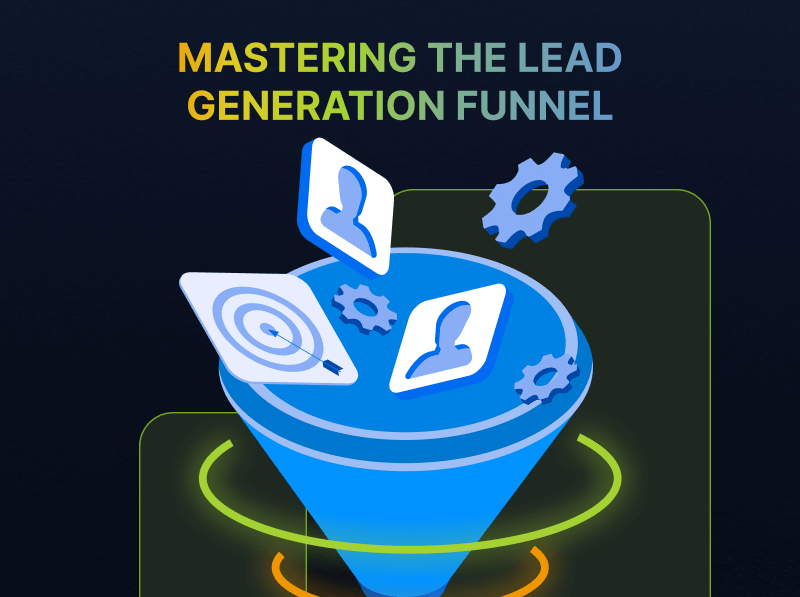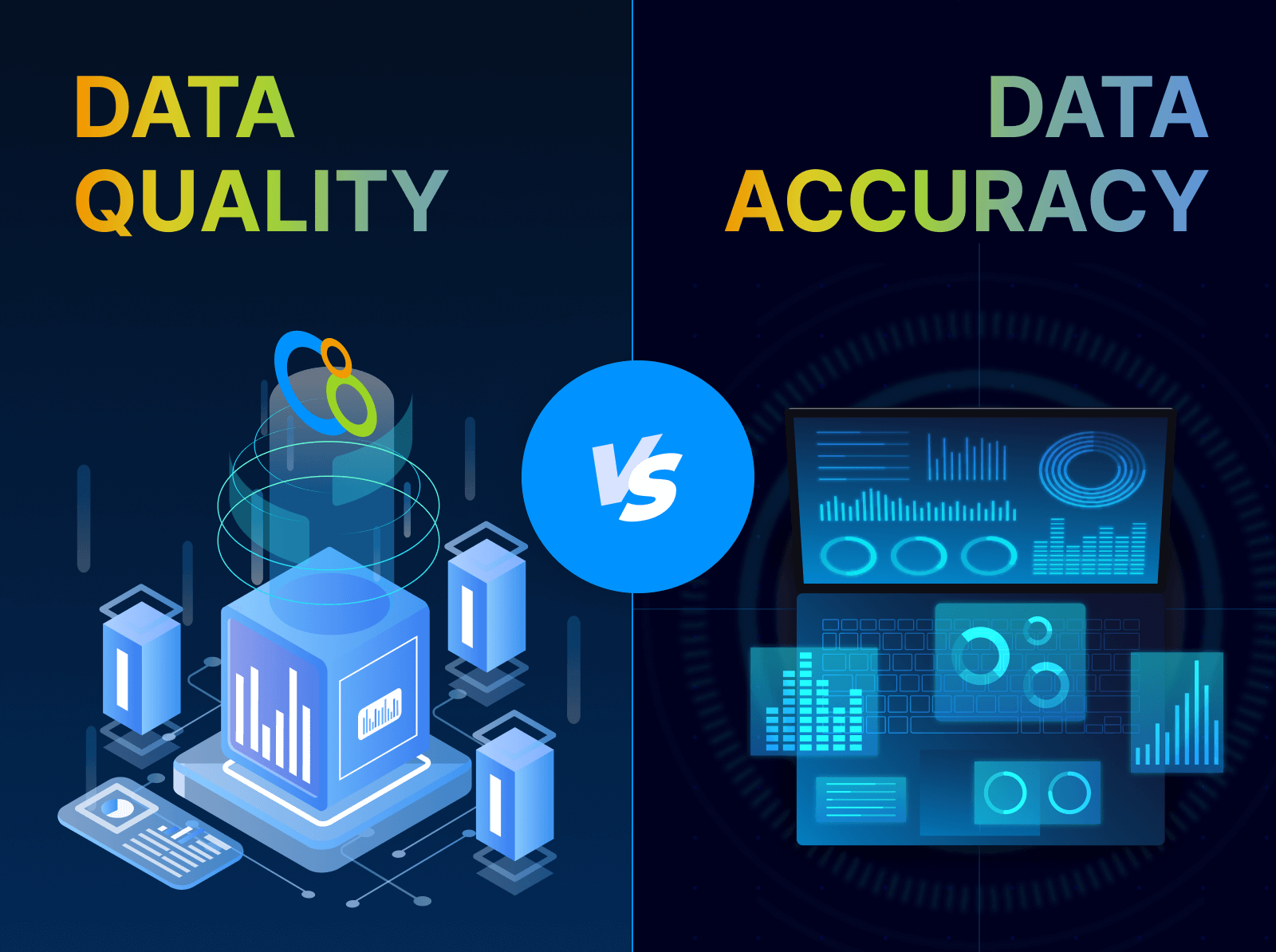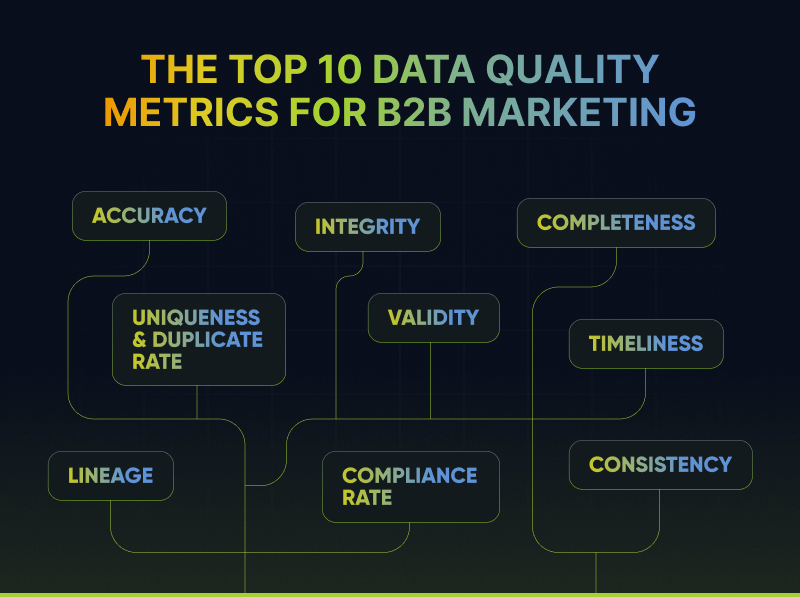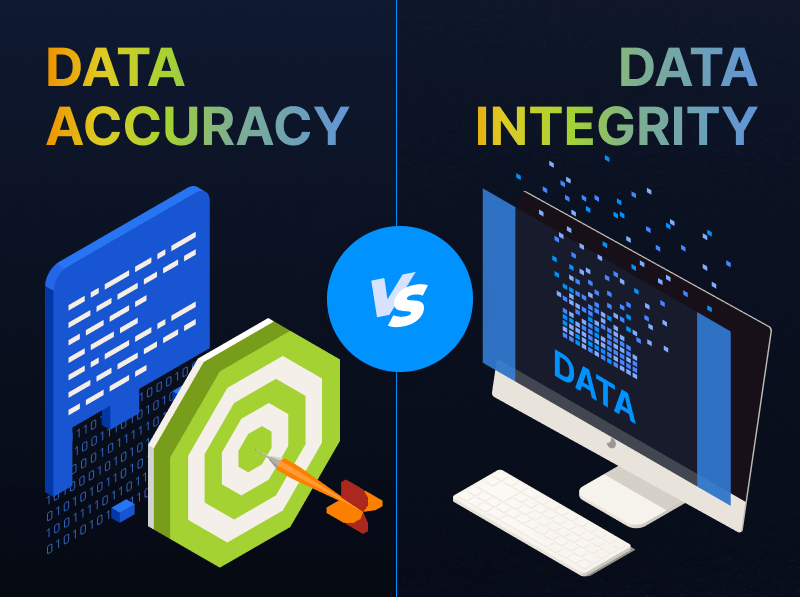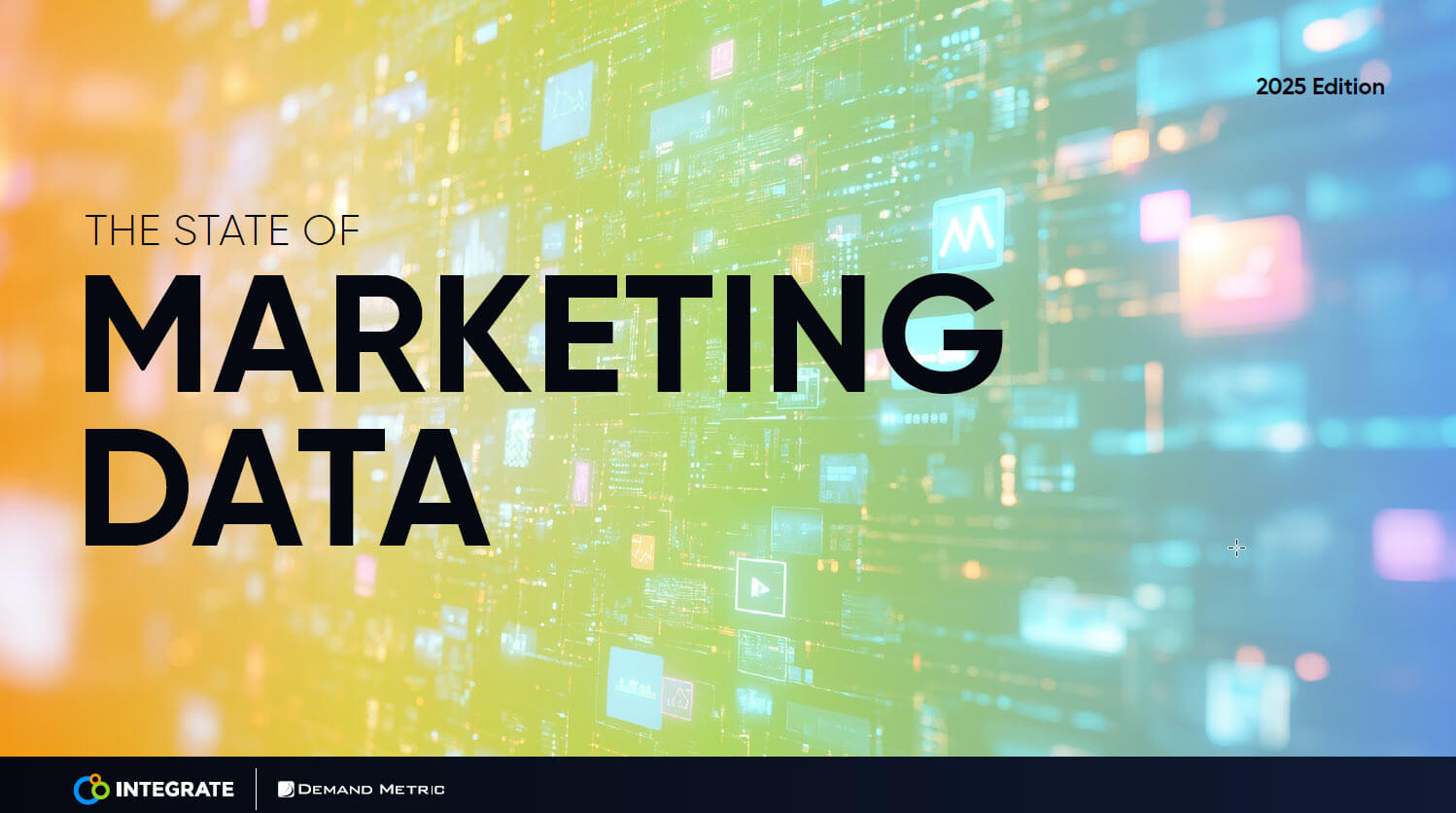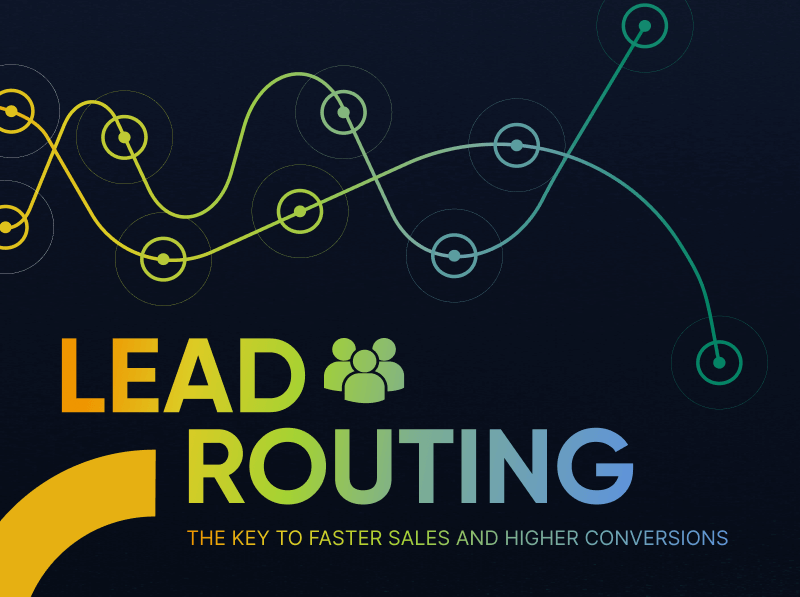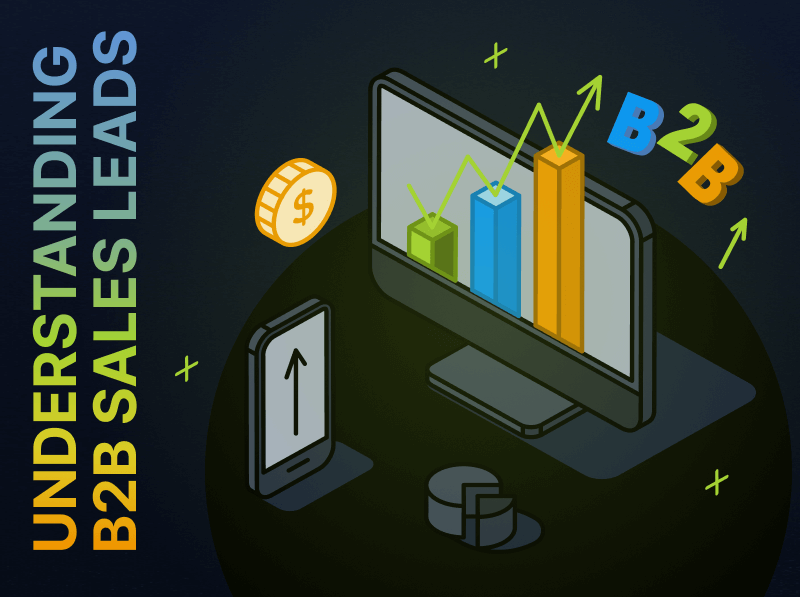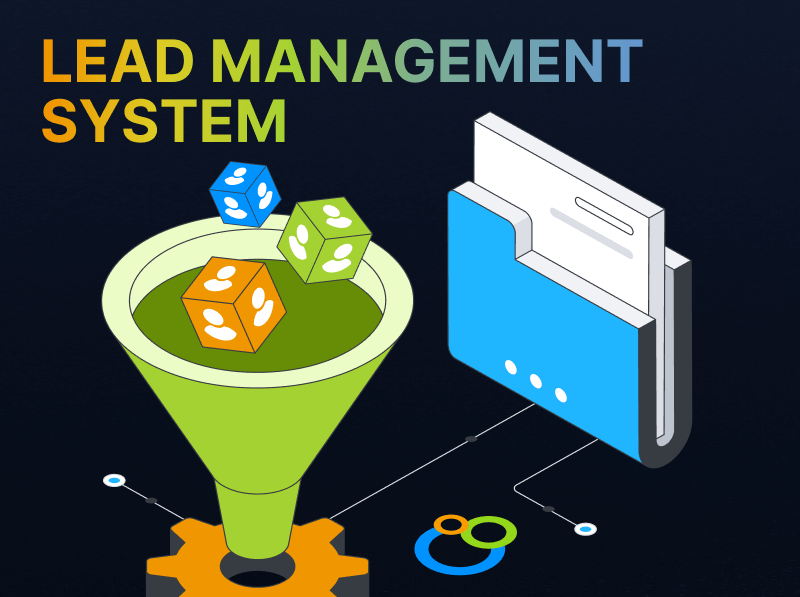Mastering the Lead Generation Funnel: A Guide for B2B Success
Mastering the Lead Generation Funnel: A Guide for B2B Success
In the high-stakes and competitive world of B2B marketing where bright marketers are clamoring for attention from golden accounts, and sales teams are doing everything they can to get to closed-won, building a well-structured lead generation funnel is essential to guide prospects from awareness to loyal customer relationships. A clear and strategic funnel not only drives efficiency but also ensures high-quality leads that fuel business growth.
This guide explores the importance of a lead generation funnel, its stages, the thought leaders who have shaped funnel thinking, and practical steps to build an optimized funnel.
The Importance of the Lead Generation Funnel
A lead generation funnel is a structured framework that maps out the customer journey from initial awareness to long-term loyalty. For B2B organizations, a well thought-out marketing and sales funnel provides:
- Operational Efficiency: The funnel simplifies complex sales processes, enabling teams to focus their efforts on specific stages for maximum impact.
- High-Quality Leads: By segmenting and nurturing prospects, businesses ensure that sales teams engage with well-qualified leads ready for conversion.
- Measurable Success with Funnel Metrics: Tracking sales funnel metrics like conversion rates, lead velocity, and pipeline progression helps teams refine their strategies and maximize ROI.
Some Thought Leader Thoughts on the Marketing and Sales Funnel
The concept of the lead generation funnel has evolved over the years, thanks to analyst organizations, martech companies (with a dog in the fight), and influential thought leaders that have contributed new frameworks.
Origins of the Sales and Marketing Funnel
The origins of the lead generation funnel are attributed to Elias St. Elmo Lewis, an American businessman and advertising ace. In 1898 Lewis invented the AIDA model: Awareness, Interest, Desire, Action. We’ll explore some more modern approaches, but Lewis’s AIDA model is still relevant today!
Sirius Decisions and the Demand Waterfall
SiriusDecisions, now part of Forrester, introduced the Demand Waterfall in 2016, which redefined how B2B organizations align marketing and sales. Key features include:
- Expanded Stages: This model moved beyond Marketing Qualified Leads (MQLs) to include stages like Sales Accepted Leads (SALs) and Sales Qualified Leads (SQLs), fostering better collaboration between teams.
- Alignment as the Foundation: By clearly mapping the buyer’s journey, SiriusDecisions encourages shared accountability across departments.
Neil Patel’s B2B Marketing and Sales Funnel
Neil Patel’s approach emphasizes integrating digital strategies throughout the funnel. His model includes:
- Content at Every Stage: Patel advises using content like blogs, case studies, and personalized emails to move leads through the funnel.
- Data-Driven Adjustments: He advocates for tracking key funnel metrics like conversion rates to continuously optimize the customer journey.
- Customer-Centricity: His framework highlights the non-linear nature of modern buying and the need for flexibility.
Forrester’s B2B Revenue Waterfall
Forrester’s Revenue Waterfall, reenvisioned in 2021, takes an account-based marketing (ABM) approach, focusing on opportunities rather than individual leads:
- Lifecycle Perspective: The Revenue Waterfall tracks opportunities from engagement through retention and expansion.
- Revenue-Centric Metrics: Forrester underscores the importance of metrics like customer lifetime value (CLV) and pipeline progression to measure success.
Gartner’s Multichannel Buyer Journey
Gartner emphasizes that today’s B2B buyer journey is complex and non-linear:
- Engaging Buying Groups: Gartner highlights the importance of addressing decision-making committees rather than individuals.
- Omnichannel Strategies: They stress the need for a unified approach across multiple touchpoints to adapt to buyer behaviors
Conclusion on Thought Leadership
Each of these frameworks offers valuable insights into structuring and optimizing a B2B lead generation funnel. There are many different models from analysts and leading martech and salestech platforms. However, no single model applies universally—every customer and account is unique, and the buyer’s journey is rarely linear. Flexibility and adaptability are key.
Stages of the B2B Lead Generation Funnel
The B2B lead generation funnel includes several key stages, each requiring tailored strategies to nurture leads efficiently and effectively. Tracking funnel metrics at every stage ensures alignment with business goals.
- Awareness: Potential customers first learn about your brand. Create engaging content like blog posts and whitepapers to draw attention and deploy content syndication and your own website to get these valuable assets in front of potential customers. Display advertising in appropriate places works well here.
- Interest: Prospects actively explore your offerings. Use targeted email campaigns, explainer videos, and case studies to sustain engagement.
- Consideration: Leads compare your product to competitors. Offer in-depth resources like ROI calculators, product demos, and testimonials.
- Intent: Prospects express clear buying intent. Personalize proposals and provide consultations to address final objections.
- Decision: Leads convert into customers. A seamless onboarding process and immediate support are critical.
- Customer Expansion: Beyond the sale, focus on cross-selling, upselling, and turning customers into advocates. Measure this stage with sales funnel metrics like repeat purchase rates and customer lifetime value (CLV).
- Retention: Foster loyalty through consistent communication, satisfaction surveys, and tailored offers to prevent churn.
Again, the lead generation funnel stage designations can have many faces. Adapt to your company, industry, and customer. The important thing is to be intentional and thoughtful about your customer’s journey.
How to Build an Effective B2B Lead Generation Funnel
- Define Your Ideal Customer Profile (ICP): Identify key characteristics of your target audience to ensure focused marketing and sales efforts.
- Create Tailored Content: Develop content specific to each stage of the funnel, from blogs for awareness to proposals for intent.
- Capture and Segment Leads: Use forms, landing pages, and gated content to collect and organize lead information. Integrate works great here!
- Nurture Strategically: Employ marketing automation to maintain consistent communication with prospects.
- Align Marketing and Sales: Ensure smooth collaboration to avoid lead leakage and enhance the customer journey.
- Monitor and Optimize Metrics: Track funnel metrics like conversion rates and lead-to-customer ratios to refine strategies.
- Focus on Customer Expansion: Engage existing customers to maximize lifetime value. Build strong relationships with customers to understand evolving needs. This solidifies their loyalty to your brand, helps you optimize top of funnel marketing programs.
An effective B2B lead generation funnel aligns marketing and sales, engages prospects with targeted strategies, and leverages funnel metrics for continuous optimization. By focusing on ideal customer profiles, nurturing leads strategically, and fostering customer expansion, businesses can create a scalable framework that delivers quality leads and accelerates revenue growth.
Conclusion
A well-constructed B2B lead generation funnel is essential for driving efficiency, improving lead quality, and maximizing ROI. By understanding your buyer’s journey and aligning it to your lead funnel stages, leveraging thought leadership insights, and optimizing strategies with actionable funnel metrics, businesses can thrive in today’s competitive landscape.
Sources
- https://www.forrester.com/blogs/meetthenewestsiriusdecisionsdemandwaterfall
https://neilpatel.com/blog/b2b-marketing-sales-funnel/
https://www.forrester.com/press-newsroom/forrester-debuts-next-generation-b2b-revenue-waterfall-to-help-firms-accelerate-revenue-growth/
https://growthmethod.com/gartner-b2b-buying-journey/
